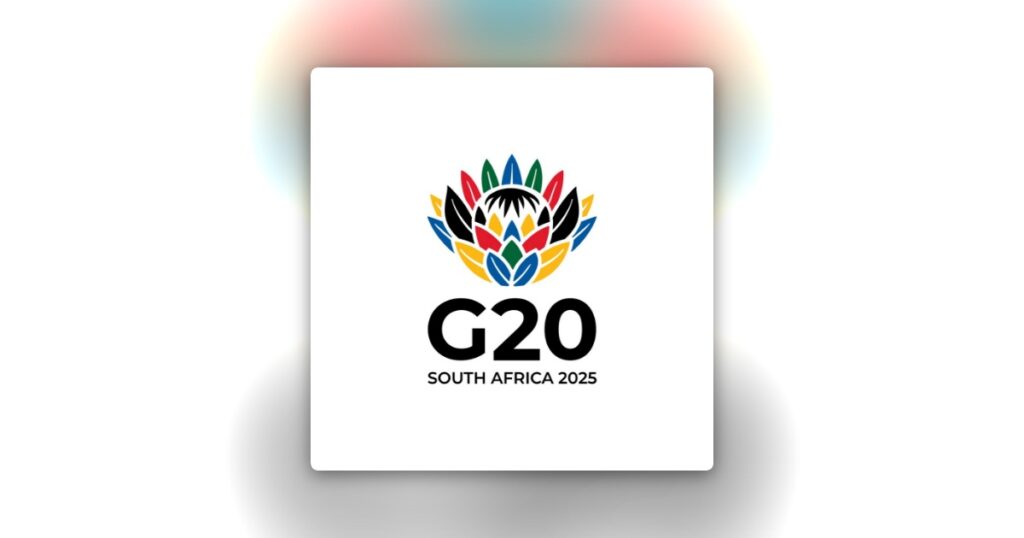Education
February 26, 2020
WHAT IS THE G7 SUMMIT OR GROUP OF NATIONS ?,
26 February 2020

What is the G7 Summit or Group of Nations
The Group of Seven (G7) is an international intergovernmental economic organization consisting of the seven IMF- advanced economies in the world: Canada, France, Germany, Italy, Japan, the United Kingdom, and the United States.
As of 2018, the seven countries involved represent 58% of the global net wealth ($317 trillion) and more than 46% of the global gross domestic product (GDP) based on nominal values, and more than 32% of the global GDP based on purchasing power parity. The European Union is an invitee to G7.
The concept of a forum for the world’s major industrialized countries emerged before the 1973 oil crisis. On Sunday, 25 March 1973, the U.S. Secretary of the Treasury, George Shultz, convened an informal gathering of finance ministers from West Germany Helmut Schmidt, France Valéry Giscard d’Estaing, and the United Kingdom Anthony Barber before an upcoming meeting in Washington, D.C. When running the idea past President Nixon, he noted that he would be out of town and offered use of the White House. The meeting was subsequently held in the library on the ground floor. Taking their name from the setting, this original group of four became known as the “Library Group.” In mid-1973, at the World Bank-IMF meetings, Shultz proposed the addition of Japan to the first four nations, who agreed. The informal gathering of senior financial officials from the United States, the United Kingdom, West Germany, Japan, and France became known as the “Group of Five.”
Then, in 1974, President Pompidou of France died, and his immediate successor refused to run in the special election, making two changes of the head of state in France in one year. Chancellor Brandt of West Germany was forced to resign in a scandal, and his successor lasted only nine days, making two changes in West Germany as well. In addition, then-President of the United States Richard Nixon and Japanese Prime Minister Kakuei Tanaka were forced to resign in disgrace. Queen Elizabeth II was forced to broker a deal to form a government after a hung election, which was so unstable that another election the same year had to take place. Finally, the traditionally unstable government of the 1st Italian Republic changed Prime Ministers yet again. The new American President Gerald Ford asked some other new heads of state/government to hold a retreat the following year to get to know one another.
In 1975, a summit hosted by France brought together representatives of six governments: France, West Germany, Italy, Japan, the United Kingdom, and the United States. Schmidt and Giscard d’Estaing were heads of government in their respective countries. Since they both spoke fluent English, it occurred to them that they, and British Prime Minister Harold Wilson and U.S. President Gerald Ford could get together in an informal retreat and discuss election results and the issues of the day. In late spring, d’Estaing of France invited the heads of government from West Germany, Italy, Japan, the United Kingdom, and the United States to a summit in Château de Rambouillet; the annual meeting of the six leaders was organized under a rotating presidency, forming the Group of Six (G6). In 1976, with Wilson out as prime minister of Britain, Schmidt and Gerald Ford felt an English speaker with more experience was needed, so Pierre Trudeau, the Prime Minister of Canada, the next largest advanced economy after the first six, was invited to join the group and the group became the Group of Seven (G7)Since first invited by the United Kingdom in 1977, the European Union has been represented by the president of the European Commission and the leader of the country that holds the presidency of the Council of the European Union; the Council President now also regularly attends.
Until the 1985 Plaza Accord, no one outside a tight official circle knew when the seven finance ministers met or what they agreed upon. The summit was announced the day before, and a communiqué was issued afterward.
Following 1994’s G7 summit in Naples, Russian officials held separate meetings with leaders of the G7 after the group’s summits. This informal arrangement was dubbed the Political 8 (P8) – or, colloquially, the G7+1. At the invitation of Prime Minister of the United Kingdom Tony Blair and President of the United States Bill Clinton, Russian President Boris Yeltsin was invited first as a guest observer, later as a full participant. After the 1997 meeting, Russia was formally invited to the next meeting and formally joined the group in 1998, resulting in a new governmental political forum, the Group of Eight or G8. The Russian Federation had and has limited net national wealth and financial weight compared to the other members of the G8. Russia also has never been a major advanced economy, according to the IMF. However, the Russian Federation was ejected from the G8 political forum in March 2014 following the Russian annexation of Crimea. https://en.wikipedia.org/wiki/Group_of_Seven





